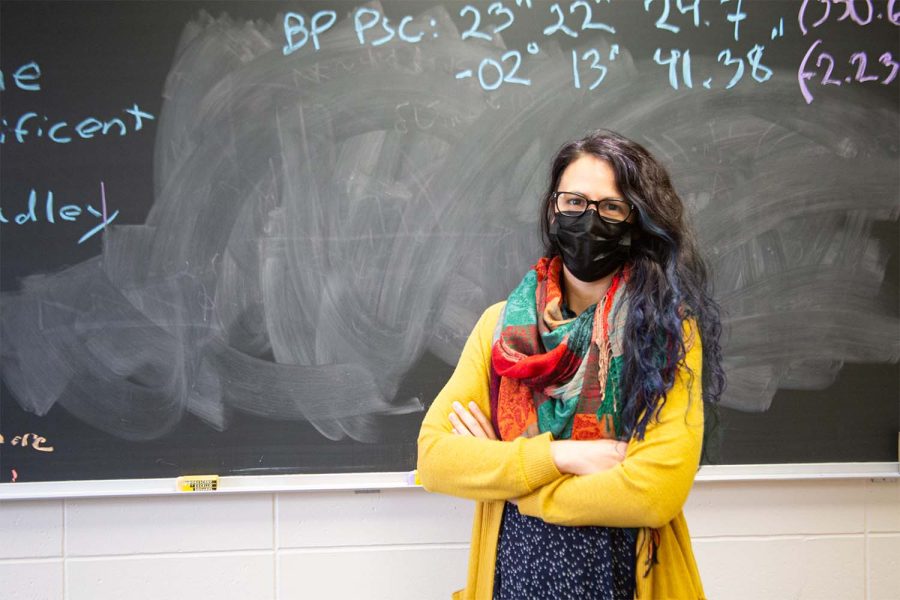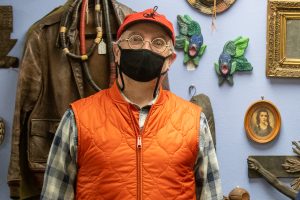UI Professor Keri Hoadley takes on FIREBall-2 mission
University of Iowa Professor Keri Hoadley received a national award to help further pursue her research on FIREBall-2. This will involve the use of a balloon telescope to find and navigate gas emissions.
October 29, 2021
Keri Hoadley, assistant professor of Physics and Astronomy at the University of Iowa, won an award from the California Institute of Technology to study how galaxies, planets and stars are created for the FIREBall-2 mission.
The mission’s research consists of a balloon telescope that finds and compasses gas emissions. The Faint Intergalactic-medium Redshifted Emission Balloon mission, FIREBall-21, is currently overseeing more than 200 galaxies and gas emissions play a crucial part on how galaxies are formed, she said.
“FIREBall is looking to understand how galaxies gather up their mass,” Hoadley said.
She said that FIREBall-2 allows her practice to be able to lead new instruments.
Hoadley is also working on another project called Aspera, to observe the space and surrounding galaxies at intense ultraviolet wavelengths.
“Aspera is doing the opposite, looking at hotter gas outside of galaxies and why it’s no longer flowing into galaxies,” she said.
“FIREball and Aspera have very similar science goals and we hope to study how matter comes together to form into galaxies and stars — and how the matter that galaxies eject prevents new matter from falling onto galaxies, halting the growth of galaxies and further formation of stars,” Hoadley said.
Currently, the Hoadley UV Space Laboratory is being created in Van Allen Research Hall. Hoadley said that UV telescopes are finicky, so they need special facilities.
“We’re going to build UV telescopes right here at Iowa, which is really exciting,” she said. “We’re currently designing a lab to do that now. I’m also going to be designing a special chamber to do a bunch of testing of optical components and cameras, so that we can have our own in-house space to build new instruments to send to space.”
Casey DeRoo, UI assistant professor and researcher, said the possible challenge of the FIREBall-2 project is that deploying to space is not necessarily friendly.
He said that there are several other factors that weigh-in for the project.
“You have some extreme temperature changes, extreme pressure changes that you have to worry about,” DeRoo said.
With the California Institute of Technology being the prime institution for FIREBall-2, Philip Kaaret, UI physics and astronomy departmental chair and professor, said that the institute is strong in astronomy and astrophysics as another research I university.
“Ultraviolet, that’s Keri’s particular focus — it’s difficult to become an expert on detectors for different wavelengths of light,” Kaaret said.
Kaaret said ultraviolet wavelengths are complex.
“You have to be above Earth’s atmosphere because ultraviolet radiation doesn’t penetrate the atmosphere very effectively,” Kaaret said. “Which is good to prevent sunburn, but not so good if you’re an ultraviolet astronomer.”




